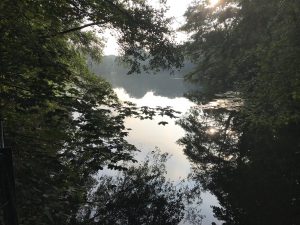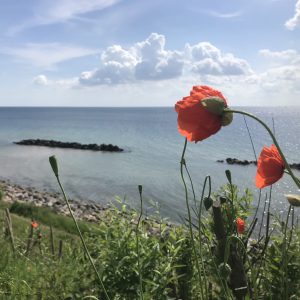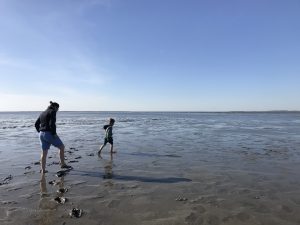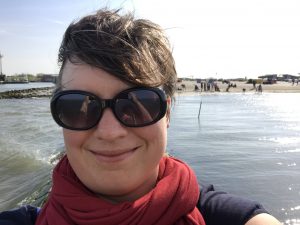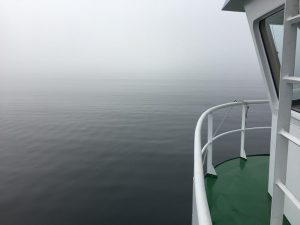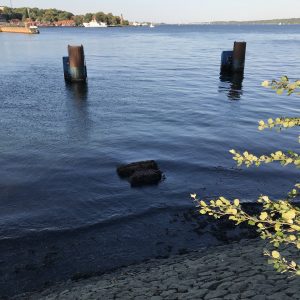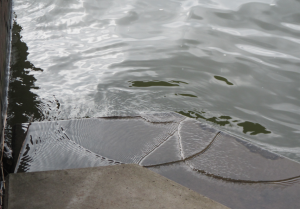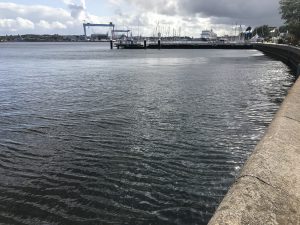
Strong gusts of wind -> lots of energy transferred to the water -> wind waves with large amplitudes
We are still in the “interesting weather” period here in Kiel. Feels more like April than like September, but I am not complaining. I love the rapid change between dark…
